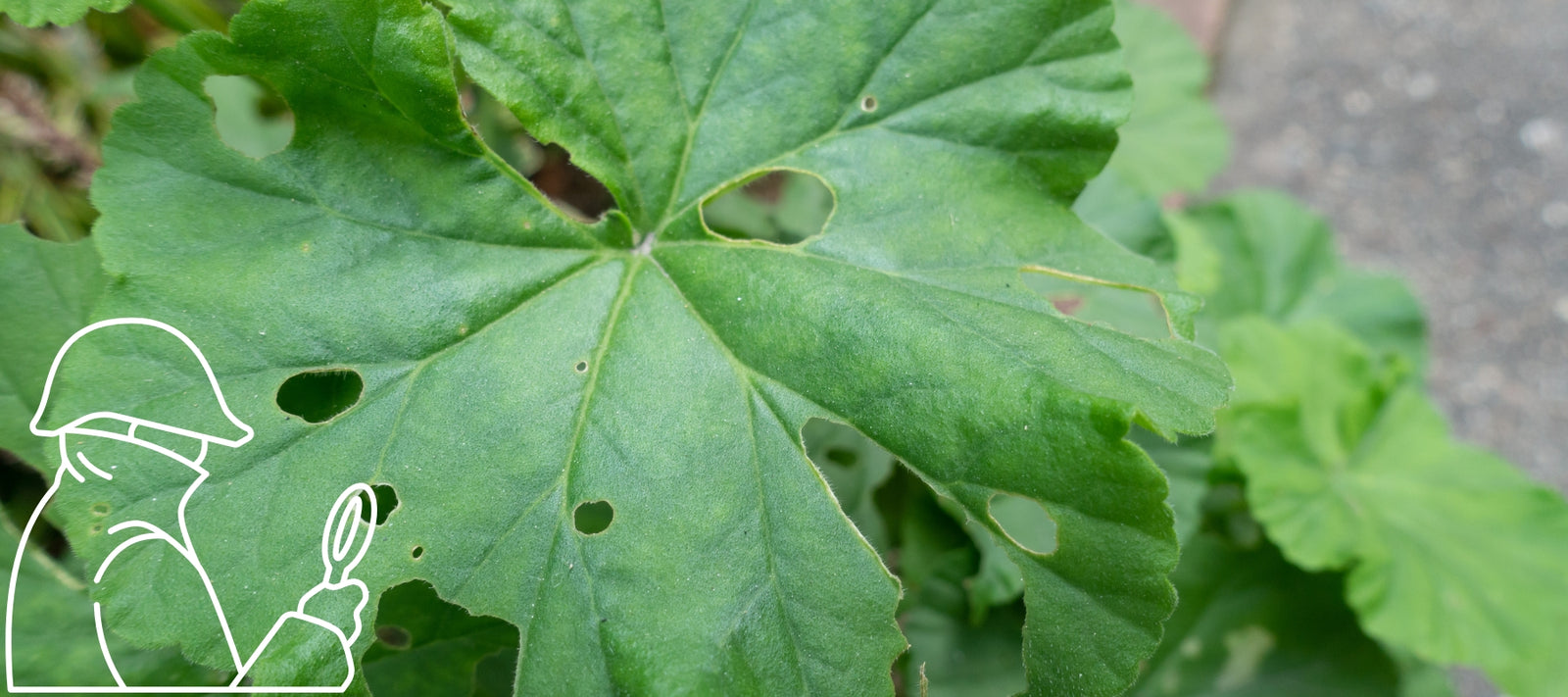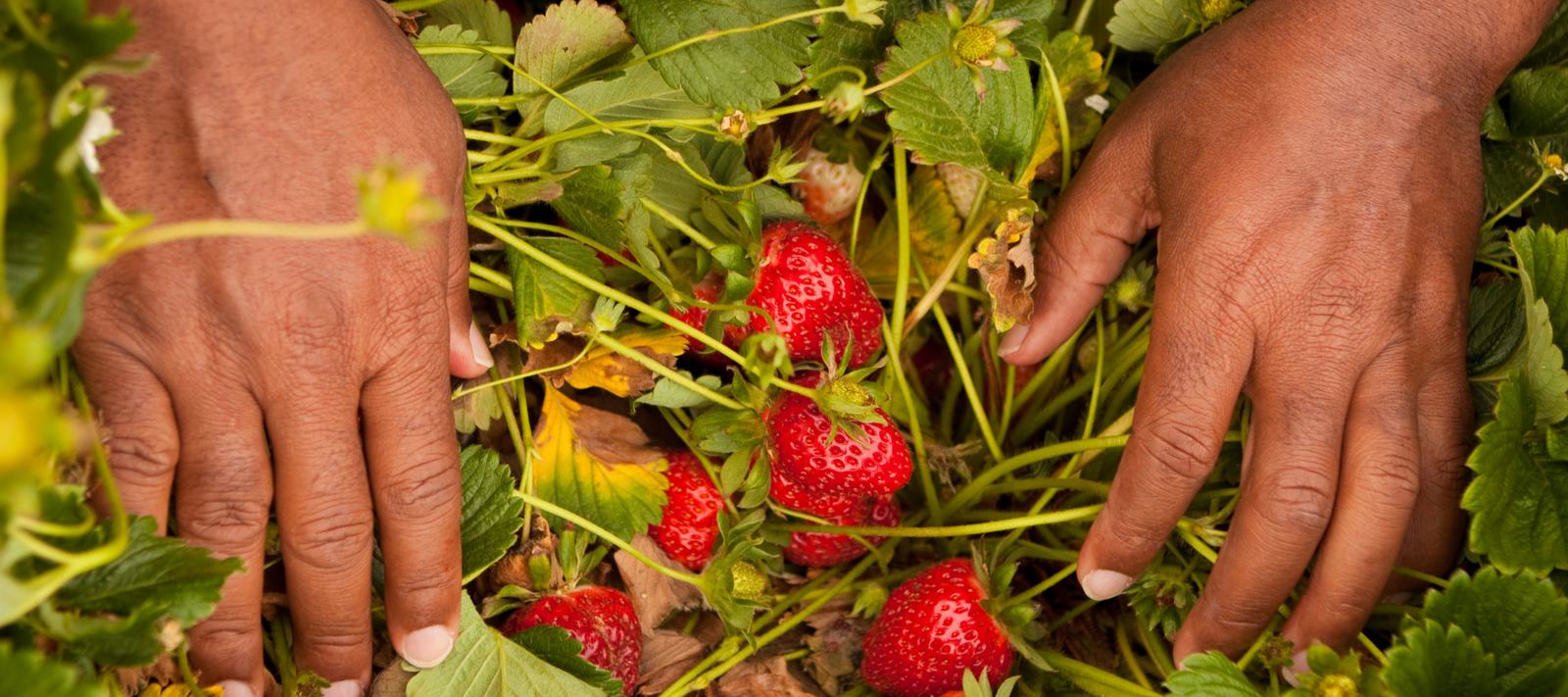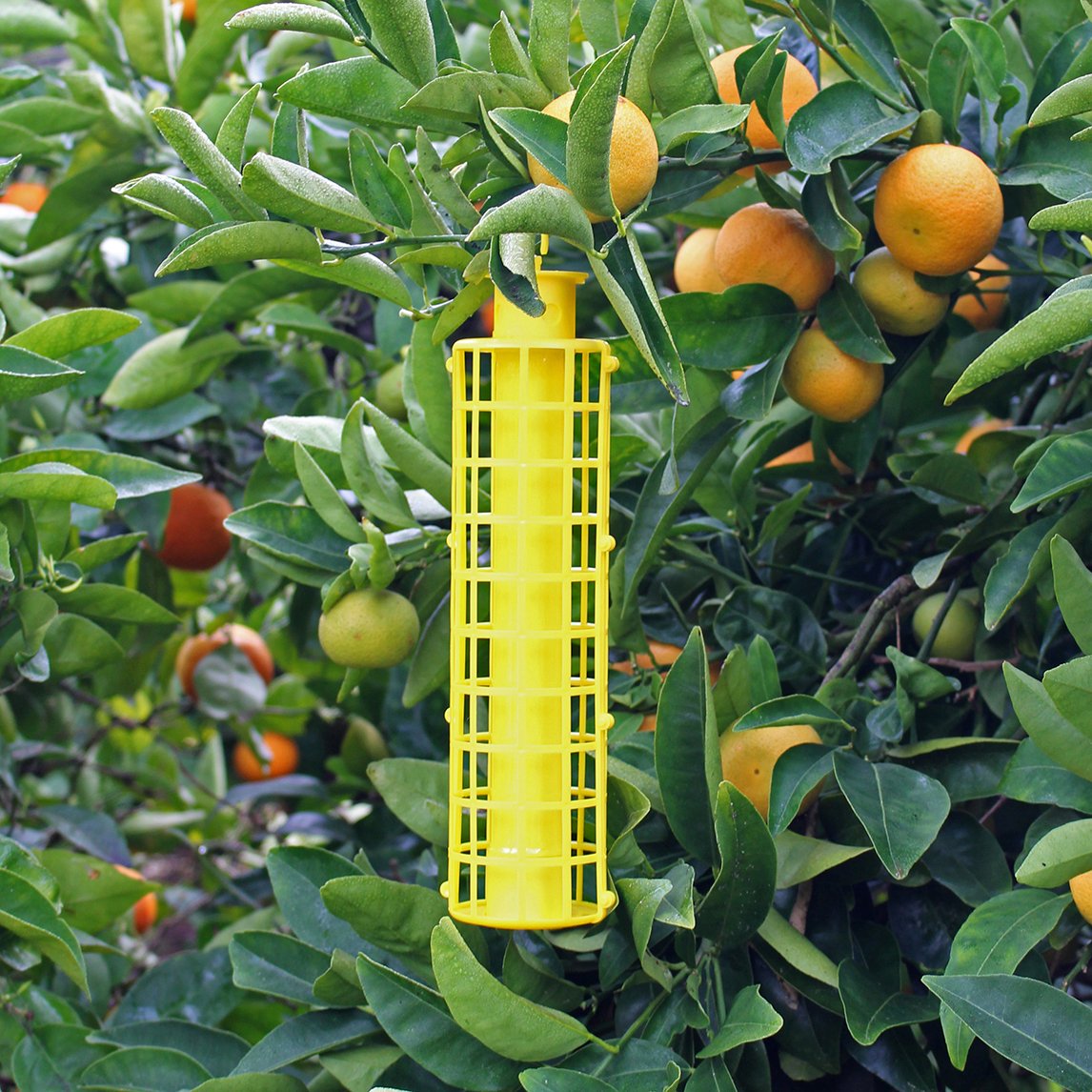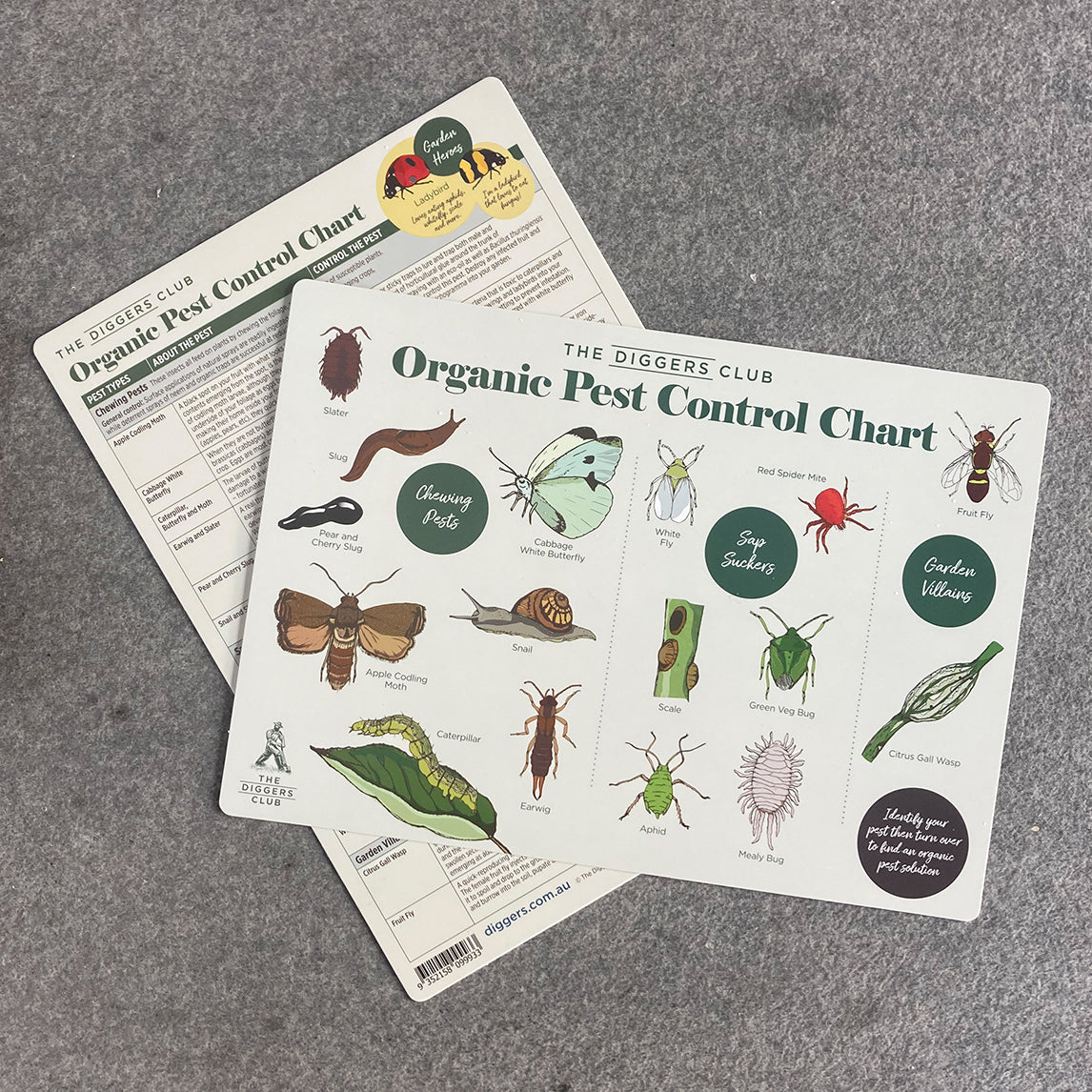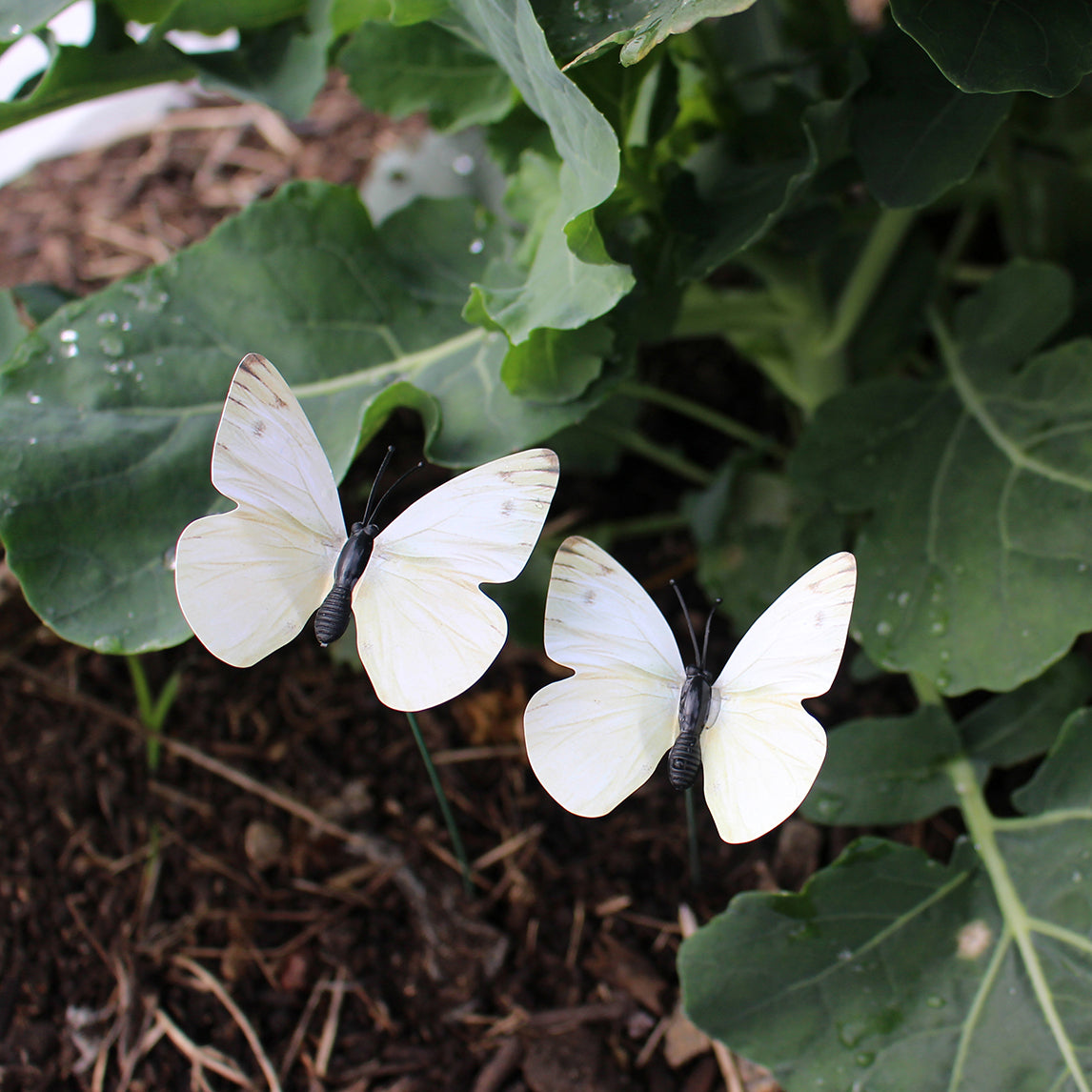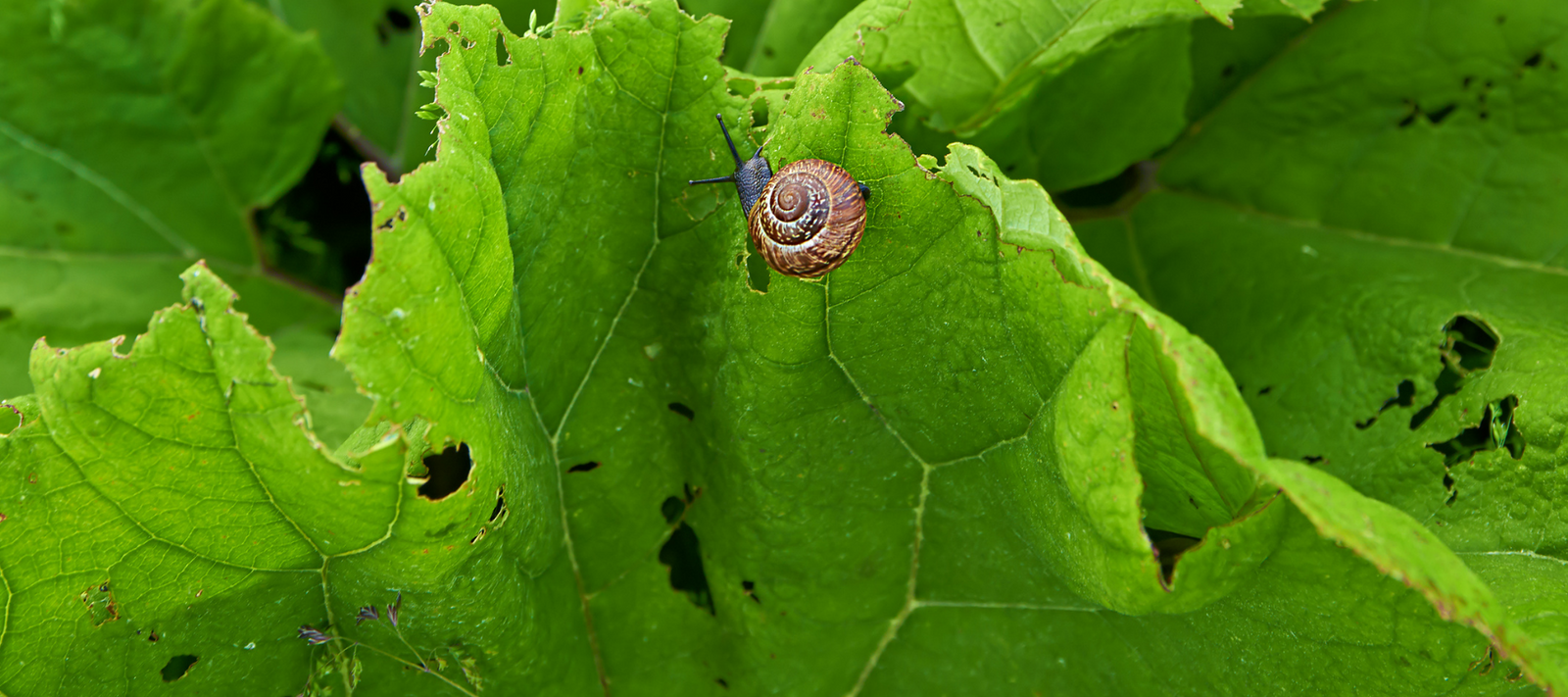
When the weather warms, you'll notice that pests become far more active in the garden so we're just going to go through a range of products that you can use to keep your plants healthy and minimise bad bugs in the garden.
Method 1: Beneficial Insects
The introduction of beneficial insects is paramount to the ongoing health of your garden. These good bugs visit your garden to feed and reproduce and hopefully stay, helping to keep pest population in check.
How:
There are many way to attract beneficial insects including:
- Sow flower seeds and include plants that attract beneficial insects to the garden.
- Build or buy an insect hotel so that good bugs have a place to nest and a reason to stay.
Method 2: Keep plants healthy
Healthy plants are less susceptible to pests and diseases. Maintain plant health and vigour by treating with a seaweed solution regularly. Seaweed tonics have been shown to improve the overall health of your garden without throwing out the natural balance of your soil and garden.
Method 3: Barrier Protection
There are several ways to prevent pests from attacking your plants and crops.
Before reaching for a spray, try exclusion netting. This prevents pests from attacking your crops altogether. Use a fine mesh and be sure to secure firmly to avoid accidental injury to reptiles, birds and fauna. Exclusion bags are ideal for individual fruits or clumps of fruit, while complete netting is ideal for garden beds and heavy yielding trees.
Copper tape is a effective barrier against snails and slugs. This can be wrapped around the tops of pot plants or around the top of your garden bed and it'll stop snails and slugs from entering the garden. It is adhesive so it'll stick on a pot but on a garden bed you may need to secure with nails.
Coffee grindings or diatomaceous earth stop snails and slugs and other creepy crawlies from attacking plants.
Method 4: Traps and lures
The most popular trap available is the beer trap. This can be as simple as a saucer of beer, or a purpose designed trap for the garden which is buried at soil level and holds many snails at a time. The idea is that snails and slugs are attracted to the beer, and then they drown in the decadent amber liquid.
Other types of traps you can use are sticky traps which have a horticultural glue on them to attract and capture flying insects and pests. Always make sure you use one that has a cage around it to prevent non descript mammals and birds from being stuck to the horticultural glue.
Method 5: Organic sprays and pellets
If an infestation is bad enough that you do need to spray we've got a few organic solutions available:
- For caterpillars use Bacillus thuringiensis, which is a bacteria that's completely safe for humans.
- For sucking pests including scale, aphids and mites use a horticultural oil like Eco-Oil. Great on fruit trees, but don't apply on really hot days.
- For snails and slugs you can use an iron pellet which is bad for pests, but safe for all animals.
- For pear and cherry slug dust trees with diatomaceous earth. This is made from fossilized crustaceans and is completely safe for humans, birds and pets.
Need more help - look for the Diggers Organic Pest Control Chart. This garden guide provides clear and concise information on the traits of many regular garden pests and how to control them, including chewing pests, sap suckers and garden villains like citrus gall wasp and fruit fly. Printed double-sided on recyclable plastic, it's water resistant and designed to withstand the rigours of the garden.



